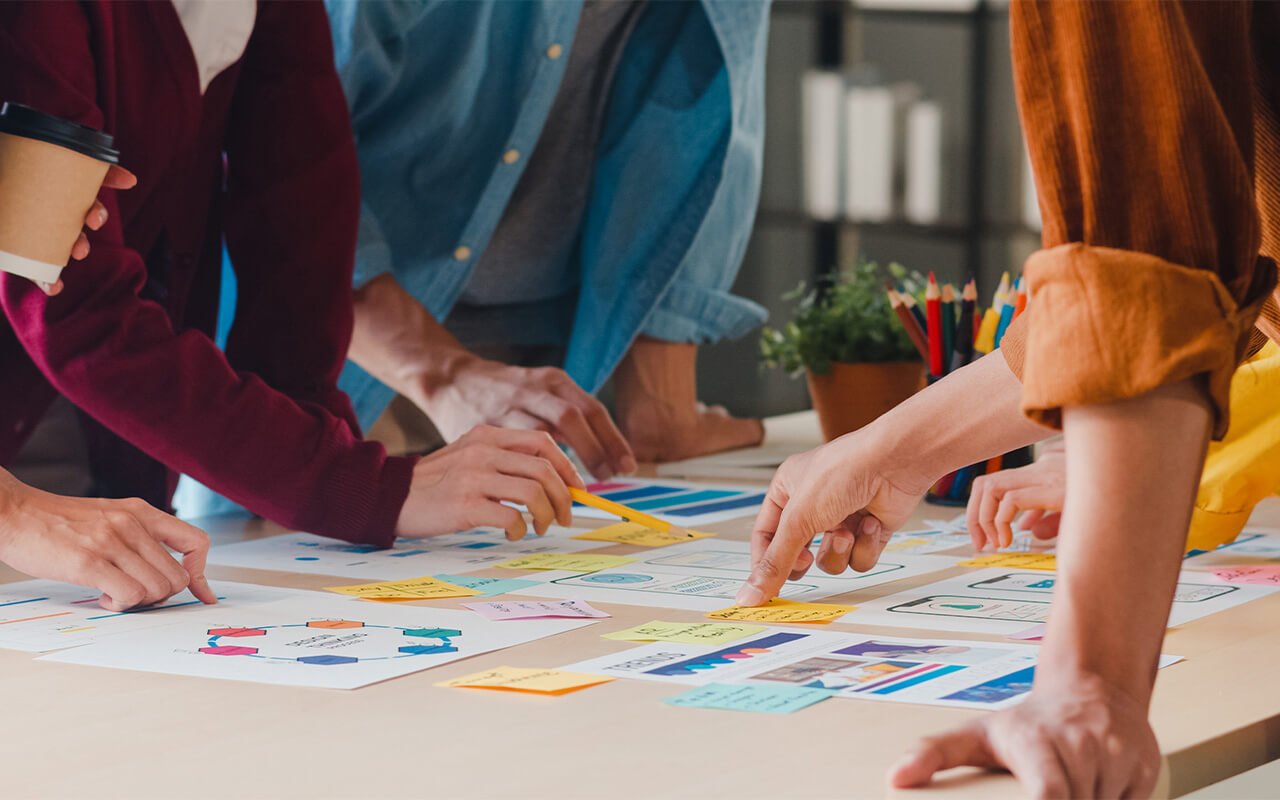In the world of modern design, collaboration is key. Designers, developers, and stakeholders need to work together seamlessly to create exceptional user experiences. Figma, a popular cloud-based design tool, is designed with collaboration in mind. In this guide, we’ll explore the best practices for collaborative design in Figma, ensuring that your team can work efficiently and produce outstanding results. Whether you’re new to Figma or a seasoned pro, these steps will help you streamline your collaborative design process.
1. Set Up Your Figma Workspace
Creating an Account
If you haven’t already, start by creating a Figma account. Visit Figma’s website and sign up for a free or paid plan depending on your needs.
Organizing Your Projects
Once you’re in, create projects to house your designs. Keep projects and files neatly organized for easy access by team members.
2. Inviting Collaborators
Collaboration is at the heart of Figma. Here’s how to invite team members to your project:
- Open your project.
- Click on the “Share” button.
- Enter the email addresses of collaborators.
- Set their permissions (view, edit, or comment).
- Send the invitations.
3. Version Control and History
Figma automatically tracks changes and maintains a version history. This is vital for collaborative design:
- Use the “Version History” panel to review changes and restore previous versions if needed.
4. Designing in Shared Files
Figma’s real-time collaboration is a game-changer. When designing in shared files:
- Ensure that everyone is working on the latest version.
- Communicate through comments and design discussions.
- Use multiplayer mode to see other collaborators’ cursors in real-time.
5. Design Components and Styles
Figma allows you to create and manage design components and styles. This enhances consistency and efficiency in collaborative design:
- Create a design system with shared components and styles.
- Update a component or style, and it updates across all instances in your project.
6. Collaboration Beyond Designers
Figma is not just for designers; it’s a versatile platform for cross-functional collaboration:
- Developers can inspect and export assets directly from Figma.
- Stakeholders can view and comment on designs without requiring an account.
7. Prototyping and User Testing
Figma offers prototyping capabilities for interactive designs. It’s a valuable feature for collaboration:
- Create prototypes for user testing or stakeholder review.
- Share the prototype link for feedback and testing.
8. Plugins for Enhanced Collaboration
Explore Figma plugins to extend functionality and enhance your collaborative design process:
- Use plugins for accessibility checks, content generation, and more.
9. Consistent Naming Conventions
To facilitate collaboration and maintain a structured design, establish consistent naming conventions for layers, frames, and assets.
Collaborative design in Figma offers a dynamic and streamlined way to work on design projects. From setting up your workspace to inviting collaborators and creating design systems, Figma provides the tools you need for successful teamwork. By following these best practices, you can harness the power of Figma to create exceptional user experiences and design solutions.
Disclaimer: Successful collaboration in design is not solely dependent on the tools you use but also on effective communication and teamwork. While Figma is a powerful platform, its effectiveness in collaborative design depends on the willingness of the team to work together cohesively.
References:
- Figma – Figma’s official website.
- Figma Community – Explore and find Figma plugins and resources.
- Figma Help Center – Official Figma documentation and support.
